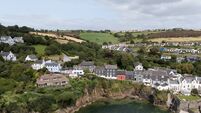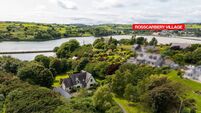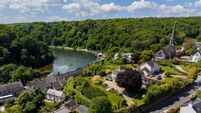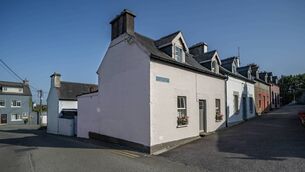Sat, 04 Jul, 2015 - 01:00
Kya deLongchamps
Caragh Lake, Killorglin, Co Kerry €1.9 million
Sq m 325 (3,500 sq ft)
CONNECT WITH US TODAY
Be the first to know the latest news and updates
CourtsProperty FeaturesCaragh LakekillorglinPlace: Caragh LakePlace: KillorglinPlace: LakefieldPlace: Caragh Lake, Killorglin,Place: KerryPlace: Lakefield HousePlace: Savills,Place: CorkPlace: Caragh riverPlace: Lake CaraghPlace: GlencarPerson: Kya deLongchampsPerson: Edmond O’DonoghuePerson: Catherine McAuliffe














